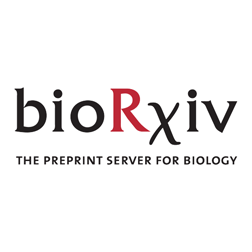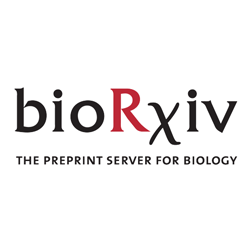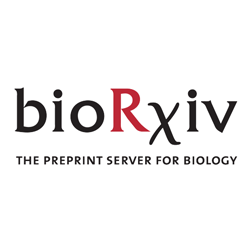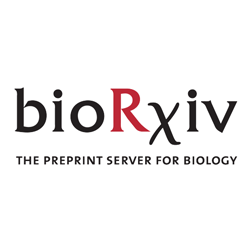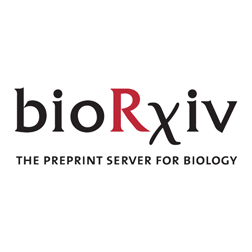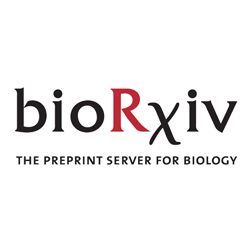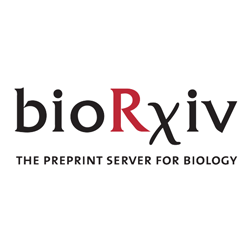
Persistent Activation of Endothelial Cells is Linked to Thrombosis and Inflammation in Cerebral Cavernous Malformation Disease
BACKGROUND: Cerebral cavernous malformations (CCM) are neurovascular lesions that affect both children and adults, and morbidity often results from thrombosis, bleeding, and neurological dysfunction. Studies indicate that inflammation-related activation of endothelial cells contributes significantly to the worsening of CCM disease. This suggests that ongoing vascular inflammation and endothelial dysfunction are key factors associated with thrombosis and bleeding in CCM disease. However, the inflammatory mechanisms leading to altered brain endothelial cell function with a high propensity for thrombosis, inflammation, and dysfunction are not fully understood. METHODS: Multi-omic analyses was conducted by performing simultaneous high-throughput single-nucleus RNA sequencing (snRNA-seq) and single-nucleus transposase-accessible chromatin sequencing (snATAC-seq) with the 10x Genomics multiome platform in combination with immunofluorescence to study CCM pathogenesis in both female and male mice with CCM (Slco1c1-CreERT2; Pdcd10fl/fl) disease. The analysis was complemented with bulk RNA-seq, bulk ATAC-seq, and ChIP-seq (Chromatin immunoprecipitation sequencing) using an in vitro human CCM model. An AAV-BR1 viral system selectively upregulates the activator protein-1 (AP-1) transcription factor JUNB in brain endothelial cells was used to evaluate its effectiveness in maintaining a persistent activated cell state during the pathogenesis of CCM. RESULTS: We found that epigenetics significantly influences the subtype identity and function of brain endothelial cells within the arteriovenous axis. Through multi-omic analyses, specific regulatory elements and enhancers (cis-Regulatory Elements, cCREs) in mouse brain endothelial cells were identified that influence subtype-specific transcriptional programs and the transcription factors responsible for establishing the various subtypes of brain endothelial cells. Additionally, large-scale epigenomic reprogramming of brain endothelial cell subtypes was observed during the pathogenesis of CCM disease. Among the most significant changes were alterations in the chromatin state of endothelial cells, along with transcriptional processes associated with a persistently activated endothelial cell state, which renders them susceptible to inflammation and thrombosis. The activator AP-1 transcription factor JUNB was identified as a key regulator of the persistently activated endothelial state during chronic neuroinflammation. Moreover, both trans- and cis-regulatory factors conserved between mice and humans were discovered and contribute to the progression of chronic CCM disease. CONCLUSIONS: Epigenetics plays a crucial role in determining the transcription patterns and functions of brain arteriovenous endothelial cells. The activator JUNB is identified as a driver of chronic brain vascular inflammation by inducing a persistent activated endothelial cell state from epigenome reprogramming. ### Competing Interest Statement The authors have declared no competing interest. National Institute of Neurological Disorder and Stroke, R01NS121070 National Institute of Health, National Heart, Lung, and Blood Institute, P01HL151433, R01HL163931
